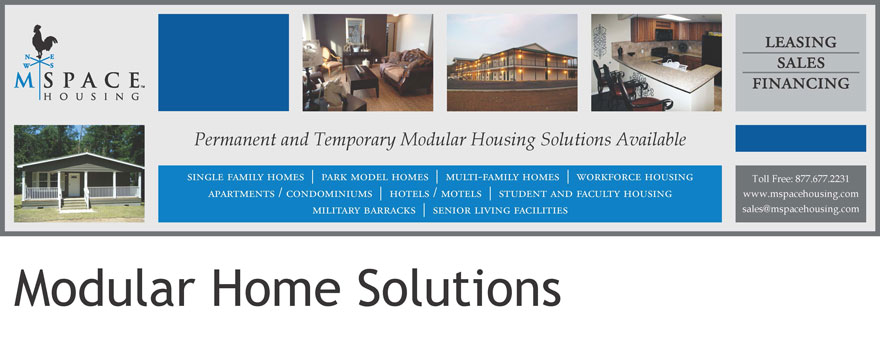 |
| DFW Airport (Texas) |
Thanks to its shale oil supply, North Dakota is
experiencing an unprecedented industrial boom, and thousands of people are
moving to the state each week for new jobs. These oil reserves are largely
contained within the Bakken Region, a unit of rock that stretches from North
Dakota to Manitoba and Saskatchewan. And while this shale oil could yield long-term
economic benefits, it's currently taking a heavy toll on the state's
transportation systems. In particular, North Dakotan airports are more crowded
than ever before.
Two airports in particular provide evidence of this population growth. Dickinson’s Roosevelt Regional Airport served thousands more passengers in 2013 than in 2012, and Williston’s Sloulin Field International Airport handled tens of thousands more. Thus, state leaders are reviewing ways to increase air travel capacity. One answer is to pay for airport construction by utilizing Oil and Gas Impact Grant Funds, which are derived from taxes on the oil industry.
Modular construction represents a promising solution because modular buildings have already provided great help to an important hub of American aviation: Dallas/Fort Worth International Airport.
Two airports in particular provide evidence of this population growth. Dickinson’s Roosevelt Regional Airport served thousands more passengers in 2013 than in 2012, and Williston’s Sloulin Field International Airport handled tens of thousands more. Thus, state leaders are reviewing ways to increase air travel capacity. One answer is to pay for airport construction by utilizing Oil and Gas Impact Grant Funds, which are derived from taxes on the oil industry.
Modular construction represents a promising solution because modular buildings have already provided great help to an important hub of American aviation: Dallas/Fort Worth International Airport.
In Dallas, 15 modular offices were set up to
facilitate the building of a new terminal. Much of the construction took place
during the airport’s comparatively quiet hours so there was the least
disruption possible. Connected by covered walkways, these offices take up
74,880 square feet, accommodate 600 employees, and include 105 modules.
Restrooms, a conference room, and even a drug-testing facility are all part of
this complex.
Besides the Dallas/Fort Worth International Airport, modular construction also
aided in supplying the Federal Aviation Administration (FAA) an air traffic
control training center in Westbury, N.Y. FAA officials decided to establish a
modular training facility because they wanted a building that could be built
quickly and efficiently. The resulting two-story structure measures 5,740
square feet and consists of eight modules. A classroom, administrative
headquarters, and flight simulators are all housed on these premises. Plus, the
facility meets all government regulations and incorporates extensive
energy-efficient technology.
 |
| FAA Training Center (New York) |




